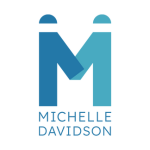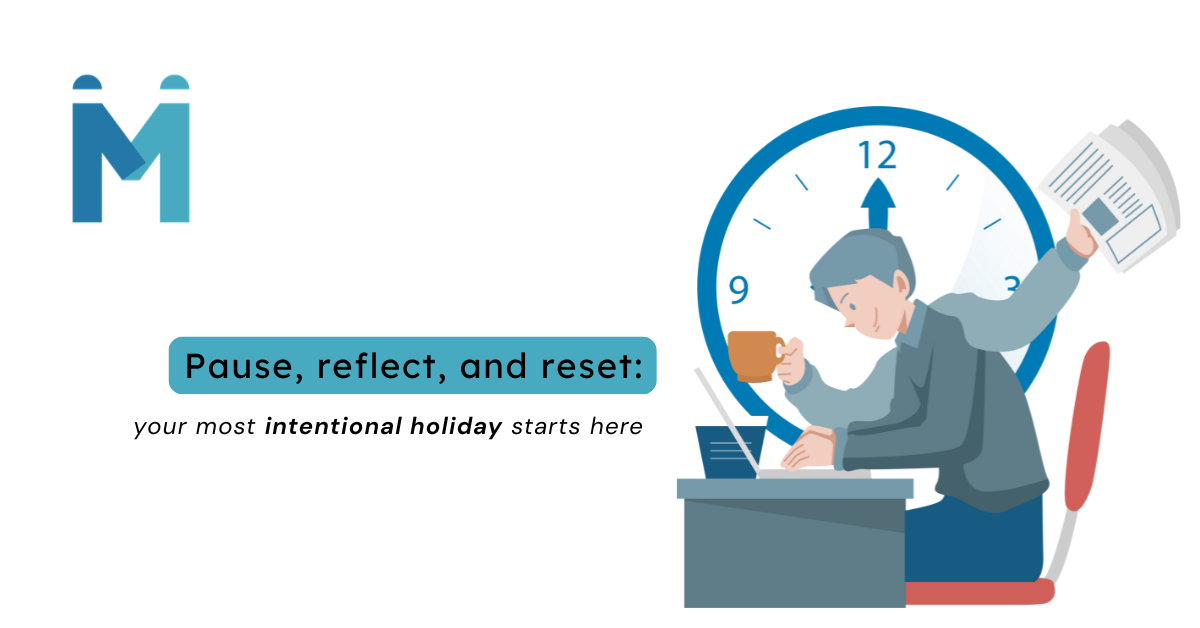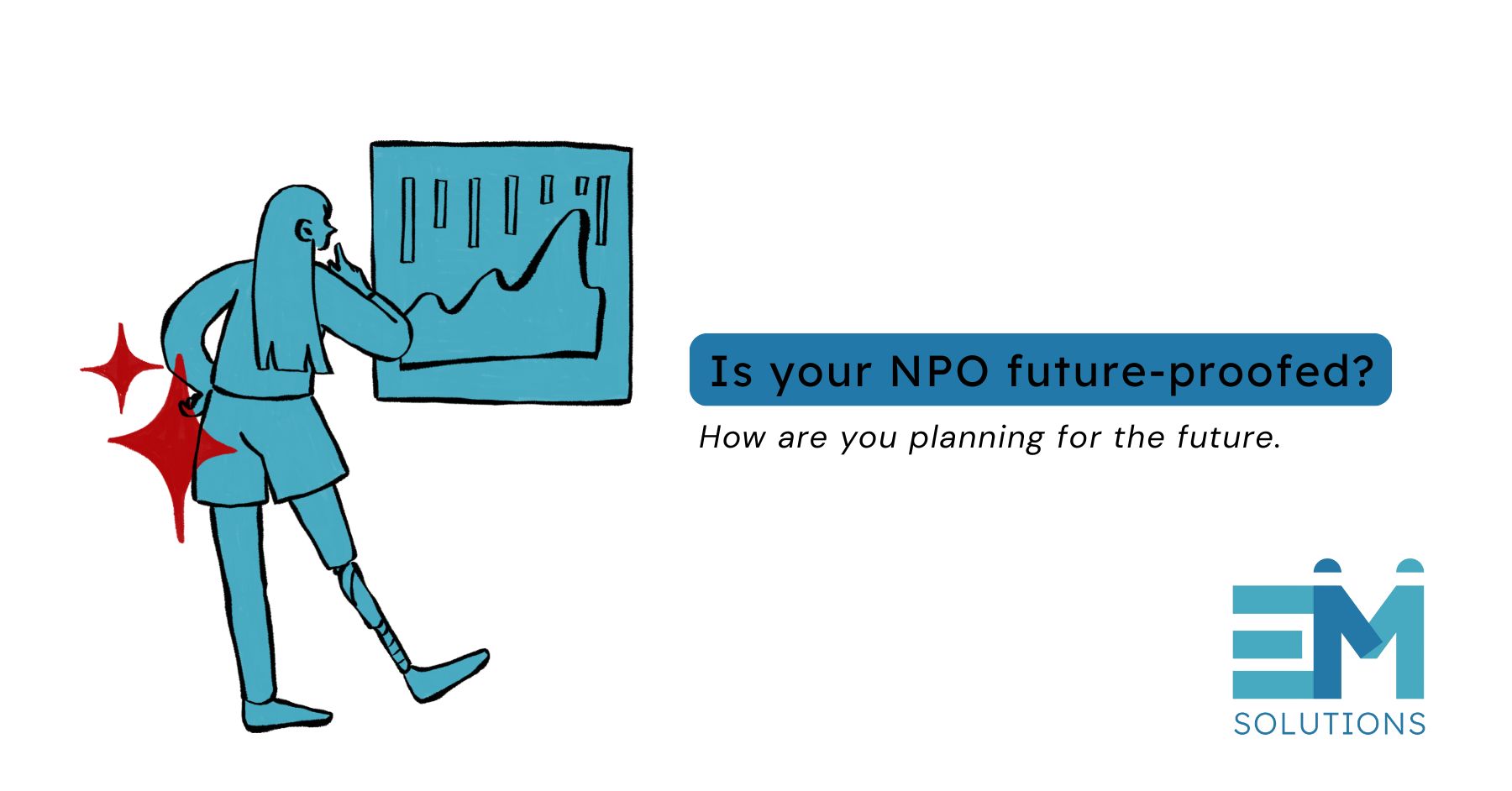As we approach the final quarter of the year, it’s time for us to start thinking about the plans for 2025. While planning is often seen as a forward-looking task, the most effective strategies are those that learn from the past. By reflecting on what worked and what didn’t in the past year, you can better prepare for the future.
Planning is not a once-a-year event. It should be a dynamic process that adapts as circumstances change. The socio-economic environment, donor landscape, and beneficiary needs can all shift rapidly, and your plans need to evolve alongside them. What may have been a priority at the beginning of this year could be less relevant as new challenges or opportunities emerge.
Non-profits often find themselves focusing too much on compliance or urgent issues, and planning can fall by the wayside. However, having a regularly updated plan that accounts for past lessons and future uncertainties ensures that your organisation is proactive rather than reactive. This helps you avoid being caught off-guard by unforeseen challenges.
As we near the year’s end, gather your leadership team, review the past year’s progress, and begin adjusting your goals for 2025. What strategies worked? Where did you fall short? Make time for a thorough review, and ensure your next steps are clear and adaptable. Planning isn’t just about creating a roadmap; it’s about building the flexibility to navigate unexpected detours.
In the non-profit sector, having a living plan that continuously evolves is key to achieving your mission effectively.








Leave A Comment